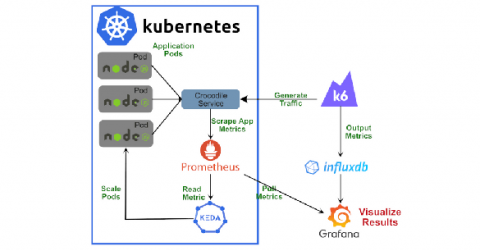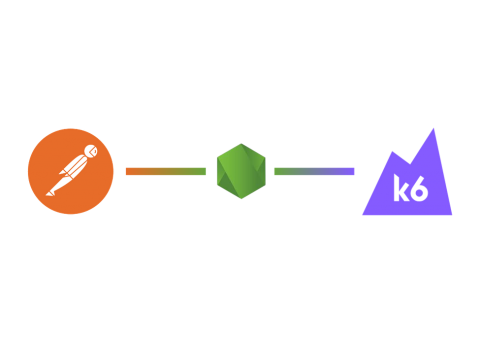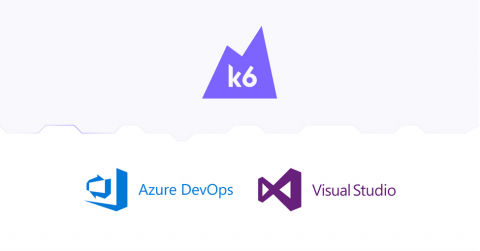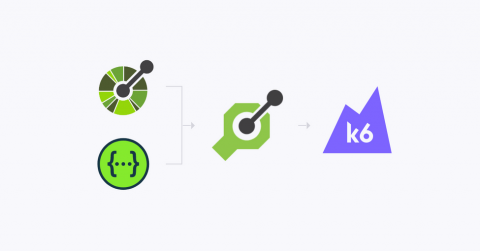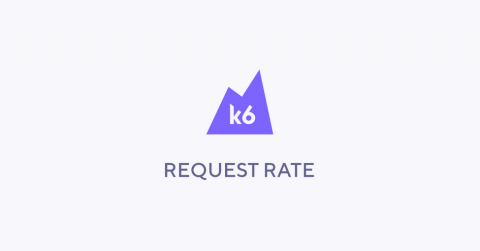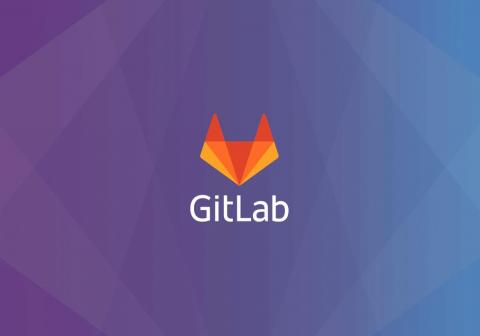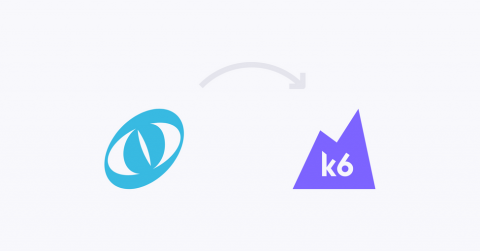How to Autoscale Kubernetes Pods with Keda - Testing with k6
This article demonstrates how to Load Test an application deployed in a Kubernetes cluster, verify that the autoscaling is working, and identify potential performance bottlenecks. When you deploy an application to production on Kubernetes, you'll need to monitor traffic and scale up the application to meet heavy workloads during various times of the day. You'll also need to scale down your application to avoid incurring unnecessary costs.


